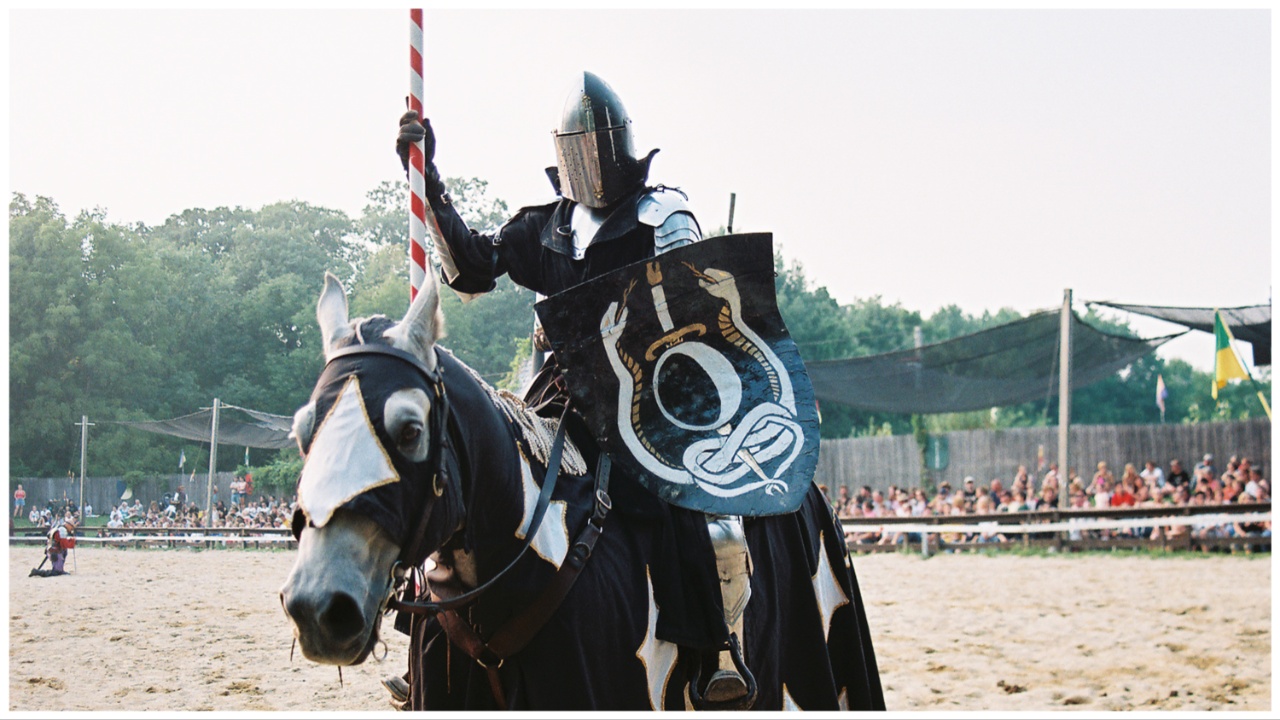Community, Leadership, Experimentation, Diversity, & Education
Pittsburgh Arts, Regional Theatre, New Work, Producing, Copyright, Labor Unions,
New Products, Coping Skills, J-O-Bs...
Theatre industry news, University & School of Drama Announcements, plus occasional course support for
Carnegie Mellon School of Drama Faculty, Staff, Students, and Alumni.
CMU School of Drama
Wednesday, October 25, 2023
How Counter Culture & Communism Created Renaissance Fairs
The Mary Sue: The first Renaissance fair (or faire, if you’re into it) in the United States took place just outside of Los Angeles in 1963. The creation of the faire was a direct result of the communist witch hunt headed up by Joseph McCarthy, which inadvertently created a community of progressively-minded creatives in the neighborhood of Laurel Canyon, California.
Subscribe to:
Post Comments (Atom)

3 comments:
This was a super interesting article. I would go to the local Renaissance fair with my family almost every year when I was younger, and I always really enjoyed them, but had never even considered what had led to the creation of them. It is fascinating that these fairs were started as a form of opposition but also designed for just about anyone interested. The article makes it seem like they have not changed too much over time - which I think is a great thing. There are few places I have been to that have the same aura - it is quite therapeutic to spend a day living in a world centuries before us. Everyone is happy to be there and enjoying themselves, and it is overall just a great event. Additionally, the creation story shows that following the status quo isn't always the best, and innovation and great new ideas come from breaking out of what society wants.
It is absolutely hysterical to me that the biggest festival/fair for, I will quote the article here “nerds” was started by nothing else than essentially the Red Scare in the sixties. A reason why I find this interesting is because I don’t know too much about this point in history for whatever reason it just was not focused on that much in education (this does not make sense to me but we must move on with our lives). The other reason that I find this so interesting is how powerful an idea can be. Someone who just had the desire to bring together their community and their skillsets created something that hundreds (maybe thousands, I don’t know exactly how many people go to ren fairs) still participate and interact with today. It the similar to the way most conventions and other festivals are started, a desire to be a part of the community and to interact with it.
Counterculture was characterized by a rejection of mainstream values and an embrace of alternative lifestyles, often influenced by a desire for personal freedom, creativity, and a connection to more "authentic" or historical ways of life. Counterculture sought alternatives to mainstream culture, and Renaissance fairs offered a temporary escape from the contemporary world. Participants could immerse themselves in a different time and place, exploring a romanticized version of history even as a point of opposition. In summary, Renaissance fairs were born out of the counterculture movement's desire for creative expression, a connection to the past, and a communal experience. The movement provided a space where individuals could embody the ideals they valued, even if those ideals were not explicitly tied to communism. I love a Renaissance Faire, even more now knowing that it was basically to stick it to the man. As time continues I hope that other concepts of this magnitude are created as a sense of peace for those surrounded by it.
Post a Comment